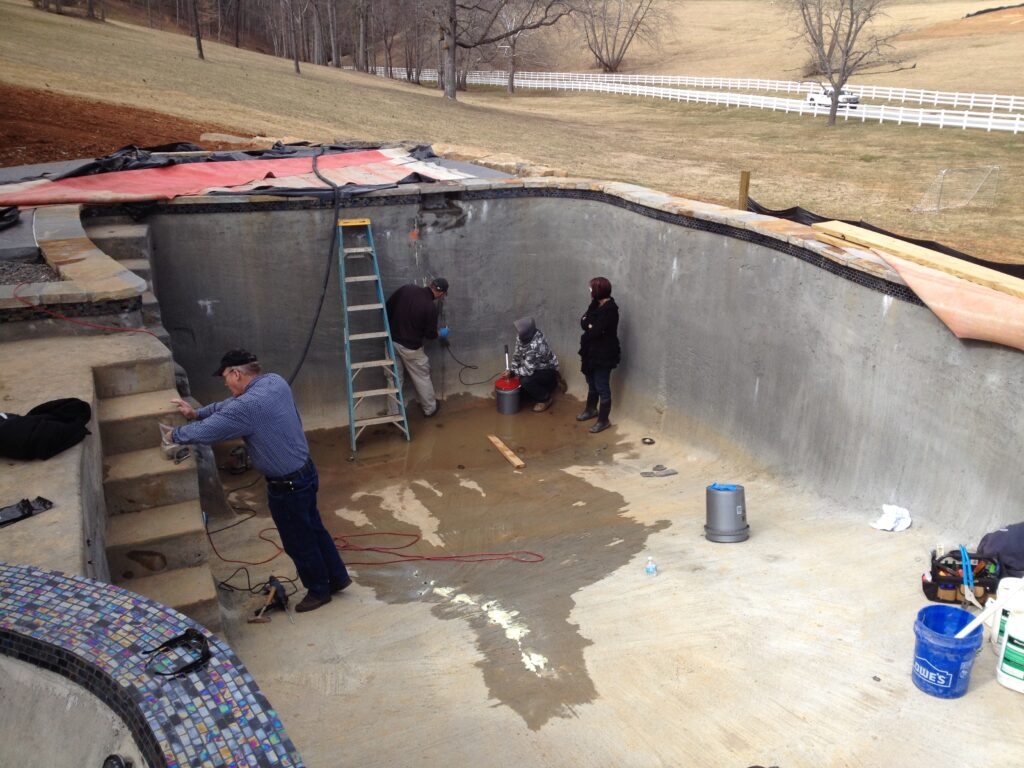 How will Mountain Grout stand the test of time? What, if anything, can shorten its lifespan? These are common questions and we, of course, have answers. Fortunately, the chemical resistance of polyurethane polymers has been widely tested over the past 80 years. Early polyurethanes were made exclusively with esters, which were more susceptible to hydrolysis. Today’s polyurethanes, designed for grouting applications, are based on polyethers and exhibit outstanding chemical resistance.
How will Mountain Grout stand the test of time? What, if anything, can shorten its lifespan? These are common questions and we, of course, have answers. Fortunately, the chemical resistance of polyurethane polymers has been widely tested over the past 80 years. Early polyurethanes were made exclusively with esters, which were more susceptible to hydrolysis. Today’s polyurethanes, designed for grouting applications, are based on polyethers and exhibit outstanding chemical resistance.
It is possible for some methane to migrate into the cellular structure of the foam. However, there is no measurable loss of physical properties. As you can see from the Chemical Resistance Chart on our website, hydrophobic polyurethanes offer excellent resistance to motor oil, diesel fuels, gasoline and most other hydrocarbons. Moreover, many grouting applications, being in cracks, have very little exposure to the potentially harmful chemical.
Once Mountain Grout resins are fully reacted, they are inert, or chemically inactive. Many Mountain Grout applications have been in cracks, voids, or soils for decades with little to no change. The foam resulting from the chemical reaction is extremely robust and can stand up to many harsh situations, including chemical attack. In short, most applications will outlive the applicators by a long stretch. If you have questions, contact a technical representative to discuss any concerns about the chemical resistance of polyurethane on your job site.

Recent Comments